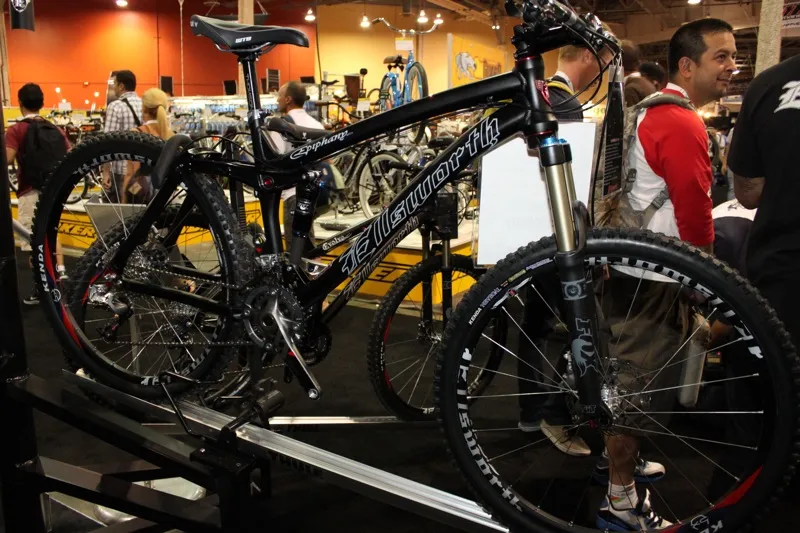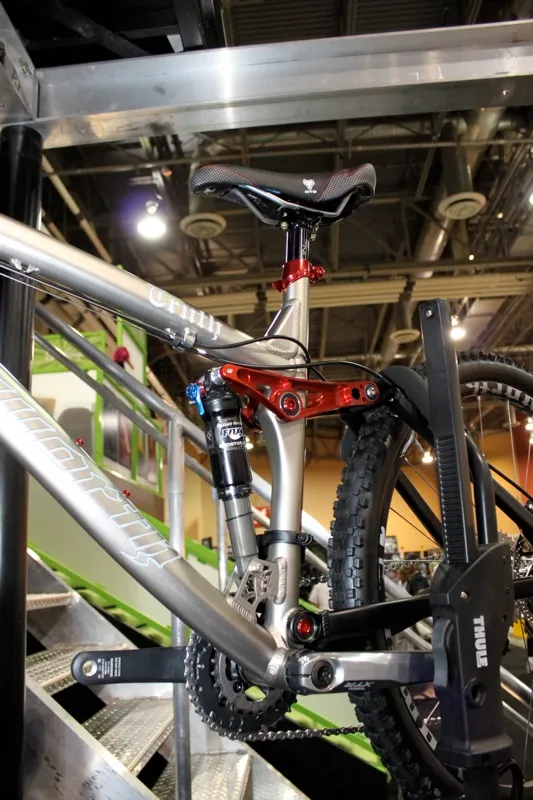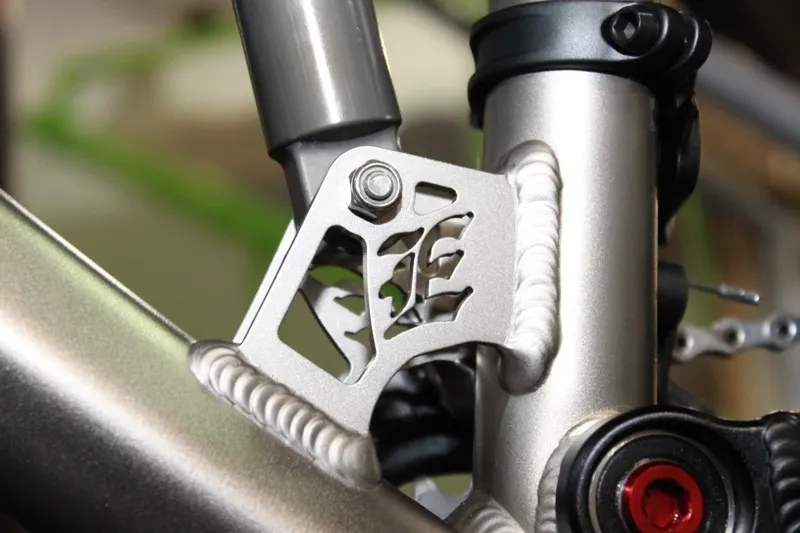There’s something to be said for a 'pick it and stick with it' attitude, and Tony Ellsworth is certainly convinced that it's the way to go. Ellsworth, the man and the bike company, have been using and continually developing their Instant Center Tracking (ICT) suspension design for more than a decade-and-a-half. Their 2011 bikes feature the latest refinement of the design.
“I’ve been working on a number of pretty significant advancements in the aluminum frames and they were the type of thing where you couldn’t just integrate them as a running change; they required a full re-engineering of each model,” said Ellsworth. “All of our primary bikes… are completely re-engineered from the ground up to incorporate the new features.”
Though the whole of the line is refined for 2011, including Ellsworth’s Rare Earth carbon fiber road and rigid mountain models, it's the aluminum models that have seen the biggest changes: the cross-country racing oriented 100mm Truth, the 140mm Epiphany trail bike (which was previously a 130mm bike) and their 29in-wheeled counterparts, the 100mm Evolve and 120mm Evolution.
“No one ever complains about Truth,” says Tony Ellsworth. “The people buying it know what they’re buying. It’s a razor sharp, super-efficient race ride. This new version is very close to the model Pua [Sawicki, team rider] has been campaigning on for the last year.”
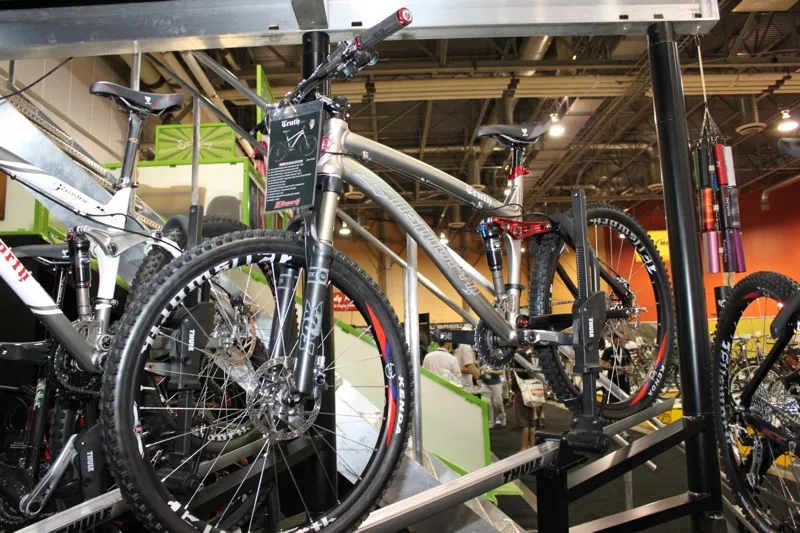
The Truth was Ellsworth's first ICT full-suspension model and debuted in 1993
With a Fox RP23 rear shock, Ellsworth claims the real weight of the new Truth (size medium) to be 5lb; the old model ranged between 5.5 and 5.7lb. Improvements to the Epiphany center on a geometry "rebalance" to accommodate the bump up in travel, while a new set of rocker links improves the bike’s overall stiffness.
All four of the aforementioned bikes share a bevy of structural improvements, which are highlighted by a tapered, machined semi-integrated head tube that not only drops weight and bolsters stiffness, but also increases fork clearance and reduces stack heights on the 29in models.
The new head tube allows for the use of larger top and down tubes, and new shaping on the down tube, which again are said to increase the frames’ front-end stiffness and reduce weight. Finally, a new seat tube with integrated rocker-link pivot completes the all-new front triangle.
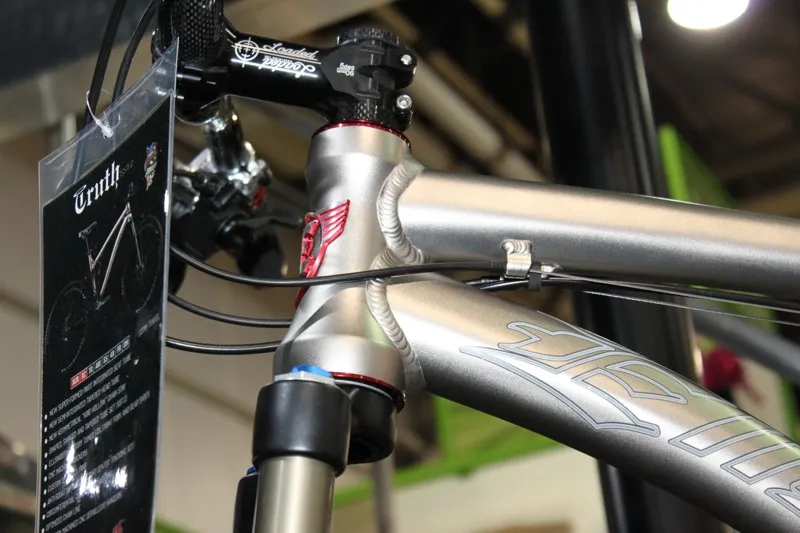
With the new tapered head tube, Ellsworth took the opportunity to revamp the front triangles of all their alloy bikes
Ellsworth's new 'Super-Formed Pivot Integrated' seat tube is made in a heated mold, which is said to give better control over the material’s flow characteristics, to better align its grain structure and maintain exact wall thicknesses, than conventional hydroforming.
They then swage, internally taper and finally hand form their tubes. These three processes afford Ellsworth complete control over the tubes' end wall thickness, butting profile and shape. While hydroforming generally only controls the outside shape of a tube, swaging – which uses a series of metal dies instead of just one – allows them to shape the inside, too.
Ellsworth use two different tubesets – one for the small and medium bikes, and another for the large and extra-large models – to better cater to different sized riders and their demands. Each model also benefits from a specific tubeset that’s unique to its purpose.
While all four frames benefit from the new front triangle frame improvements, particular attention has also been paid to refining the ICT suspension system to work with the 29er models' larger diameter wheels.
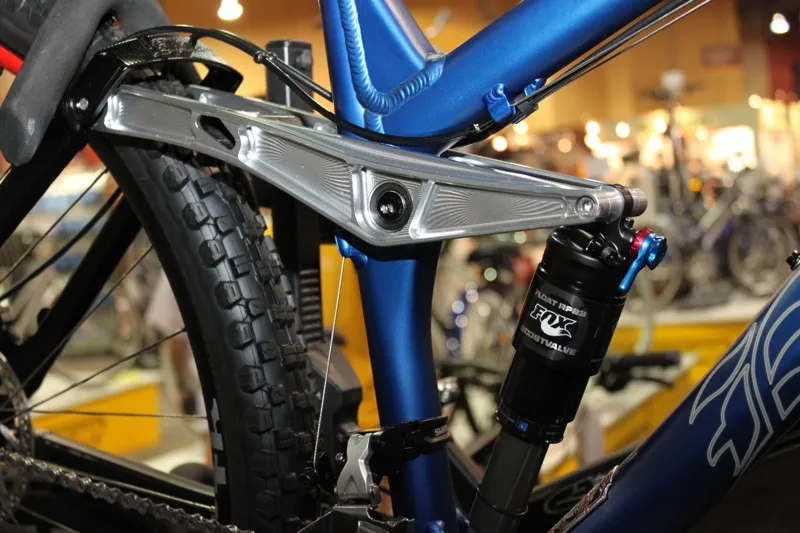
ICT on the Evolution 120mm travel 29er trail bike
“It’s incredibly important to dial in the anti-squat characteristics for the larger wheel,” said Ellsworth before offering a full ICT tutorial. “The primary force is the chain force, so it'll over run anything else going on with the bike. The first thing we do is eliminate the chain force, and we do that by creating a linkage that makes a virtual pivot that will actually track the chain force line.
"Now we can program the linkage so that the virtual pivot moves and follows that chain force line. Once you’ve done this you can ask what’s the secondary force? The secondary force is the squat force. Your mass is high and the acceleration is low, so your mass wants to drop towards the acceleration point – it’s a natural law of physics, called squat.
"So, we want to remove all of the pivots from beneath the mass. We don’t want it to bend there so we keep ours out front ‘virtually’ so when you go to accelerate the bike the mass just needs to move towards the pivot and the pivot is in front of you – where we want to go, right? That’s what we call anti-squat Instant Center Tracking.
“When you get to a 29in bike you realize that the distances to your mass are significantly different than on a 26in bike. Consequently, we had to completely reconfigure the Instant Center linkage to correctly tune it for the change in center of mass versus acceleration [points].”
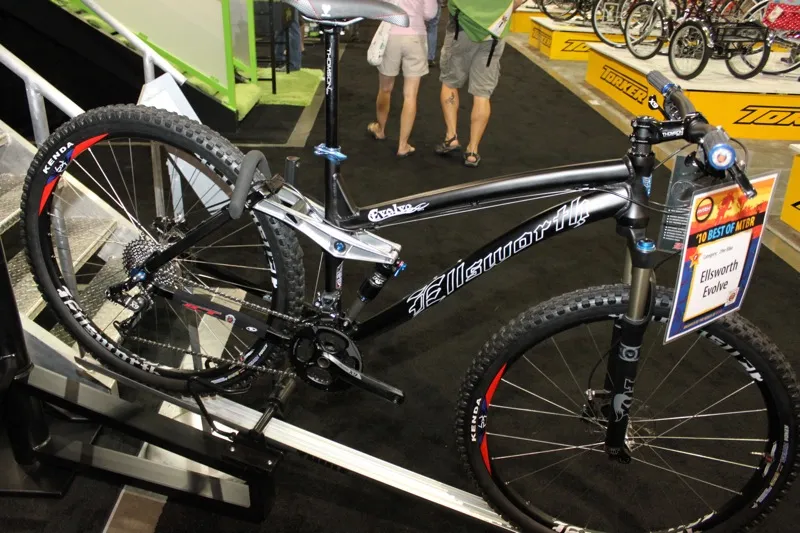
The 2011 Evolve 100mm-travel 29er
The suspension refinements are said to improve the big-wheeled bikes' acceleration, especially at slow speeds, and they’ve been paired with a steeper seat angle. Ellsworth says this makes the Evolve climb "pretty much like a Truth, which is pretty exciting", and allows the Evolution to better mirror the characteristics of the Epiphany.

